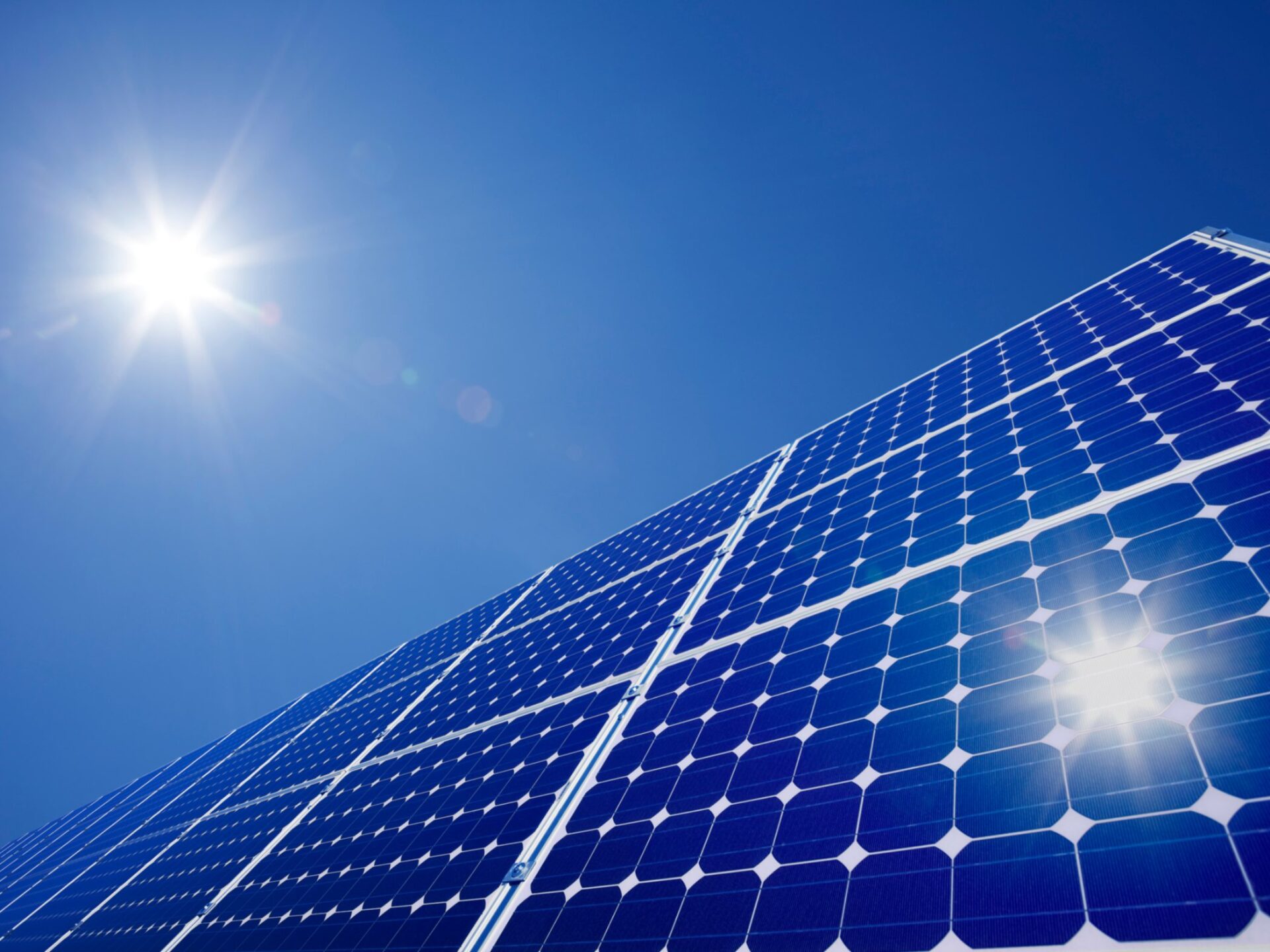Can Solar Panels Get Too Hot?

Solar panels turn sunlight into clean, renewable energy. Although it makes sense that clouds or shade would reduce solar panel power output, you might not think that heat would do the same. In fact, high temperatures can negatively impact panel performance. Conventional rooftop panels can lose as much as 30% of their electricity output on hot summer days, according to the U.S. Department of Energy. How? Let's start by explaining how solar panels work.
How solar panels work
Solar panels contain modules that are made up of tiny solar cells. Each cell is comprised of two layers of semiconducting material treated to create positive and negative electrical charges. When sunlight hits the cell, the energy frees electrons from the negative side. The electrons are collected and then sent through an electric circuit to provide power.
Determining conversion efficiency and power output
Conversion efficiency is the percentage of the sunlight energy shining on a panel that's converted into usable electricity. Electrical power is the product of current and voltage. Current-voltage relationships determine the electrical characteristics of a solar panel.
Conversion efficiency is obtained under standard test conditions (STC), in which the cell is exposed to a constant level of light energy of 1,000 watts per square meter and a constant cell temperature of 25°C (77°F) and measuring the amount of current and voltage produced.
Most solar panels on the market have a conversion efficiency of 15% to 20%, with the best on the market at 23%. This will also tell you the maximum power output (Pmax) of a panel.
How heat affects solar panel output
Of course, cells don't always remain 77°F in the real world, so how does temperature impact panel performance? Solar cells generally work best at lower temperatures. Higher temperatures cause the semiconductor properties to shift, resulting in a slight increase in current, but a much larger decrease in voltage, reducing power output.
A panel's tolerance for heat can usually be found in the manufacturer's specifications. There you'll find a number called "temperature coefficient of Pmax," or some variation on the term. This number is expressed as a percentage decrease per degree Celsius increase in temperature of 25°C.
Different types of solar panels have different of temperature coefficients. Most range between -0.3% to -05% / °C. So, if you have panels with a conversion of 18% and a temperature coefficient of -0.5% / °C, the conversion efficient will drop to 17.1% at an operating temperature of 35°C (95°F). That might not seem like much of a drop, but the decrease in power output can really add up for a system with a lot of panels over a long period time.
Heat can impact the solar panel beyond just it's conversion efficiency. Extreme increases in temperature can also damage the cell and other module materials, leading to shorter operating lifetimes.
Beating the heat
Because much of the sunlight shining on cells becomes heat, proper thermal management improves both efficiency and lifetime. How do you do that? There are a few things you can do to minimize the negative impact of heat on your solar array.
- Select panel technology with a lower temperature coefficient.
- For roof mounted systems, install the panels a few inches above the roof so that airflow can cool the panels.
- Make sure system components, such as inverters, are installed in a shaded area.
With a little attention to detail, you can beat the heat and improve the performance of your solar energy system.
Want More Tips & Other Helpful Resources?
Sign up for our NEW monthly e-newsletter for more money-saving ways to manage your energy use!



